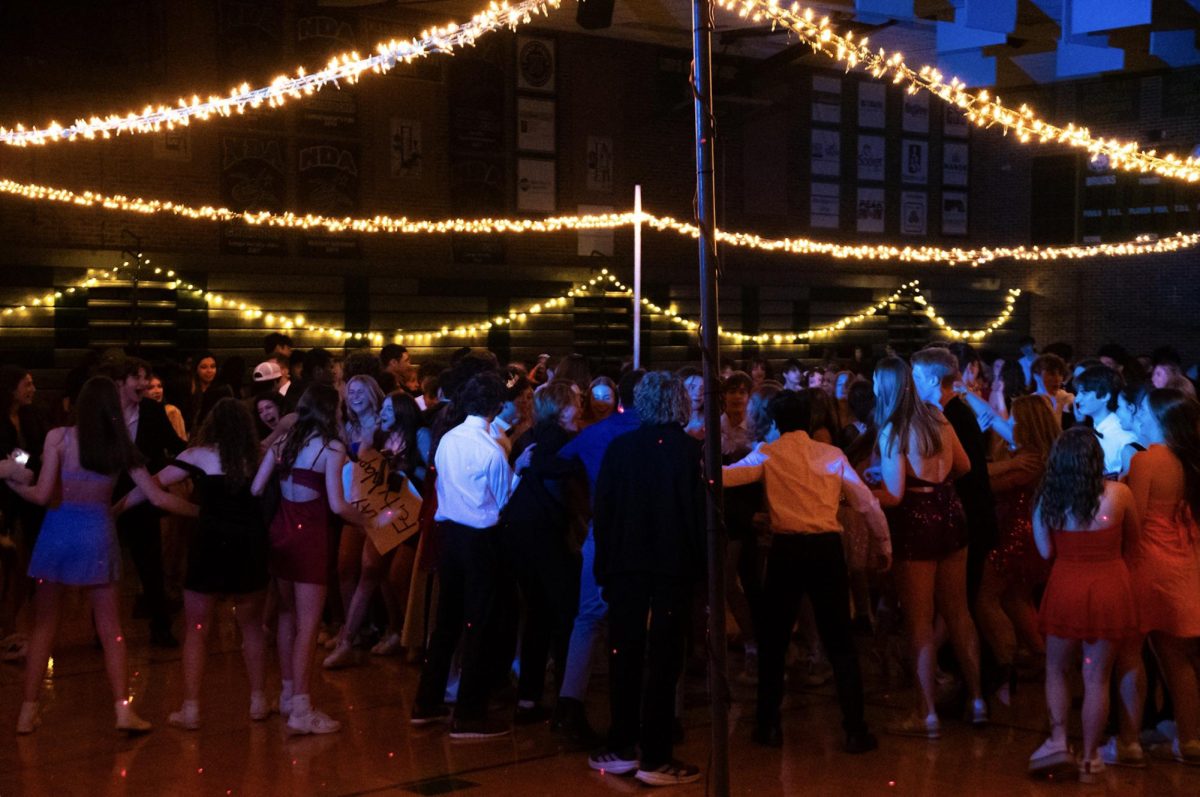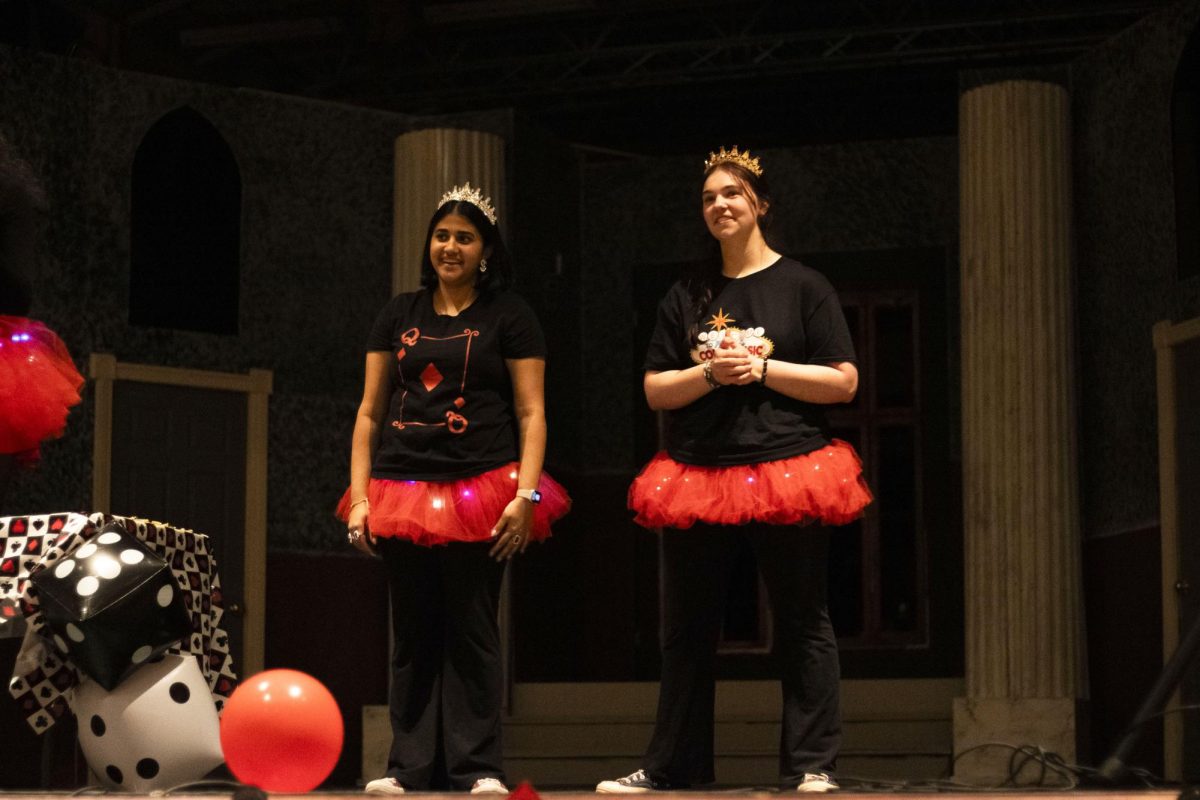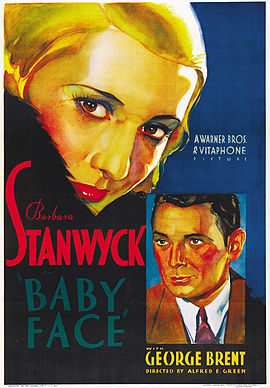
[heading size=”17″]A close look at Hollywood censorship through the years, and how it affects today[/heading]
A woman uses seduction in order to climb social ladders and to get rich, highlighting the fact that women are put into such restrictive social roles that they may feel that embracing objectification and sex is their only way out.
Baby FaceThis is the plot of
, a 1933 film. It doesn’t exactly sound like a typical “old movie.” Yet prior to 1934, many films had themes that were sexual, aggressive, vulgar or otherwise explicit. This was changed with the introduction of the Motion Picture Production Code, often dubbed Hays Code.
Dr. Jekyll and Mr. HydeDirectors who made movies prior to the 1934 code change, like the 1931 remake of
, were forced by the new code to cut out certain scenes to even allow for the film to be shown after 1934. The role for women was diminished, and speaking roles of people of color were almost non-existent because of Hays Code. If directors wanted their films to be shown at all, they had to comply with the new production codes.
“If you start censoring [media], then it loses any effect that it might have had,” junior Ashwini Mantrala, member of the Society of Cinematic Greatness, said. “I don’t believe in censorship of anything, whether it be music, movies, literature, any of that.”
The Hays Code was a self-imposed set of rules, not laws set by the government. The code, being incredibly strict, lead to the era of squeaky clean movies in the ‘40s and ‘50s. Certain locations were even limited in their appearances, like bedrooms or brothels, because they suggested the mere idea of sex, according to the University of North Dakota’s website. The code states that “certain places are so closely and thoroughly associated with sexual life or with sexual sin that their use must be carefully limited.”
“In the early to mid-20th century there was extreme censorship, but that system was removed and I think the way films are rated hasn‘t changed since the ‘80s,” junior Victor Topouria, another member of the Society of Cinematic Greatness said. “Today, I think people are a bit more open about sexuality, but it hasn’t affected the censorship much. As our culture develops, the film industry will conform to it as welI. Many films explore modern ideas and challenge modern values.”
The Motion Picture Association of America replaced the Hays Code in the late ‘60s. It is a system that many are familiar with: movies rated with a letter rating, such as R. The censorship of movies declined as well, since the movies MPAA deemed inappropriate for a younger audience could simply get a stricter rating rather than be cut out entirely. The MPAA system of ratings still does limit the viewing of movies, however.
The King’s Speech“I thought
from a couple years ago was given an R rating in America and … I heard about this one specifically since it was such a good Oscar movie,” Mantrala said. “I remember everywhere else around the world, it was given the equivalent of our PG-13 or even PG. There’s one scene where the main character swears a bunch … I thought that it was unfair because one, they’re losing a bunch of money since not as wide of an audience can go see it and two, I thought it was a really good movie for kids to go see in general. So I thought that movie was completely wrongly rated.”
Today, ratings are in a different format than in the days of Hays Code. Currently the letters used are: G for all ages, PG to warn parents of possible offensive content, PG-13 for a stricter warning to parents, R to state that those under 17 need an adult guardian present and NC-17 for no one admitted under the age of 17 as provided by the MPAA website. The system for how these movies get their ratings seems a bit more complicated.
“The short answer is that I don’t really know, and very few people seem to have a clue. The system operates behind closed doors,” Chris Boeckmann, associate programmer at Ragtag, 10 Hitt St, said. “It’s still not very transparent. I remember reading some headline where Chris Dodd claimed he would fight for more transparency, but I don’t think that’s come to fruition.”
While there is confusion surrounding the ratings process for movies, film studios may manipulate their films in an effort to both draw in more viewers and to fit into a certain rating.
“The studios know what the people like and how they can make the most profit, therefore they go through a virtual checklist of the things a movie has to satisfy before they release it, so more people go see it, and as a result people end up seeing movies that extremely resemble each other,” Topouria said. “Ultimately it‘s the MPAA that rates the movies and gives it rating from G to NC-17. When a movie receives an NC-17 rating the studios will undoubtedly cut out some ‘inappropriate’ content so it can be screened in big theaters.”
12 Years a Slave featureAlthough movies still experience censorship in modern times, the restrictions are far less than with Hays Code according to the University of North Dakota’s website. Bold movies like
strong leads of black actors and actresses, exposing the horrors of human slavery and racial conflict: something that would have been forbidden in the years of Hays Code from 1934 to 1968.
Gravity“Recently I thought, ‘
12 Years a Slaveis going to be extremely influential, going into the next 10 years.’ And I think
Gravityas well,” Mantrala said. “
12 Years a Slavefor just technical achievement. I think they did a really good job making the movie. And
in terms of directors going for controversial issues and attacking them with as much brutality as they wanted. I think those two movies are going to be super influential going into the next two decades.”
Ultimately, Mantrala believes Hollywood made changes for the better by becoming more open. Still, Boeckmann argues there is more room for improvement and the industry still has a ways to go.
“I think we’ve become less strict, and I think that’s a positive development,” Boeckmann said. “Hollywood is a complete mess right now. We need more diversity behind the scenes and on the screen. We need studio heads who are willing to gamble on talented directors with original visions. We need less product placement and fewer sequels.”
By Sophie WhyteWhat do you think of the current movie rating system? Comment below!













































































